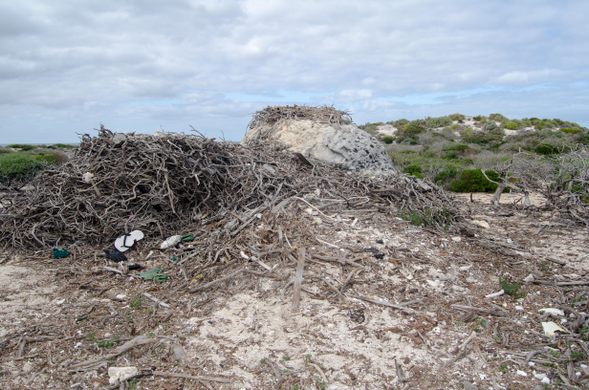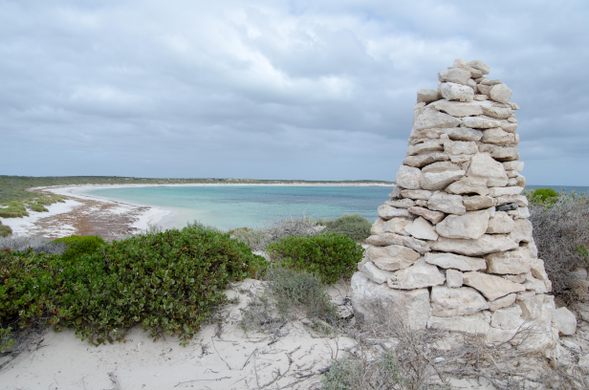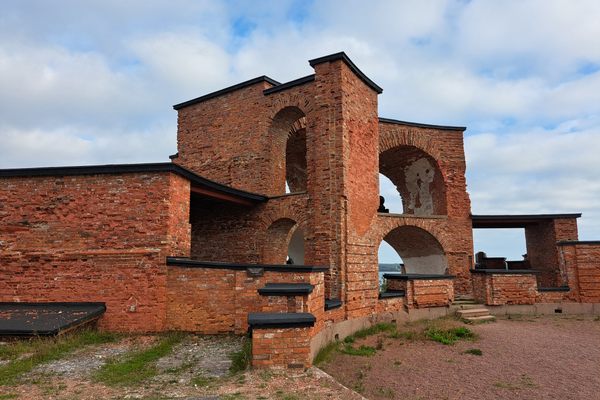West Wallabi Island
The oldest known European structures in Australia are the remnants of a story filled with mutiny, murder, jealousy and greed.
Sometime after midnight on June 4th 1629, “The Batavia” ran aground 80 kilometers off of the Western Australian coast. Commanded by Francisco Pelsaert and carrying 322 men, women and children, the Dutch East India Company flagship was on its maiden voyage. What happened next has inspired books, plays, film and television for centuries.
Unknown to the oblivious passengers, two men had been plotting to commandeer the voyage since before the wreck, and had steered the ship off course deliberately to act out a manipulation that would make other crew members join them in mutiny. The plan failed, and while the full scope of their treachery had yet to be discovered, the men were awaiting punishment from Commander Pelsaert for lesser charges when the Batavia careened into the reef.
Distracted from the insubordination, Commander Pelsaert rallied some men, mostly senior officers, and took a longboat in search of fresh water. One of officers, Ariaen Jacobz, was one half of the dastardly duo planning to domineer the Batavia in the first place. His partner, Jeronimus Cornelisz, had been regrettably left in charge of the survivors, who were by no means in safe hands.
Not to be deterred from his original plan to have the riches of the Batavia all to himself, Cornelisz managed to create a small band of cronies, and immediately commandeered all of the food and supplies. Then he sent his only threat, a group of soldiers led by Wiebbe Hayes, to West Wallabi Island on a wild goose chase for water, assuming they would simply die of exposure, leaving the rest of the passengers at his mercy.
The next two months were a blur of murder and mayhem. Cornelisz, drunk with power, had his band of loyal accomplices viciously strike down any man, woman, or infant that dared cross him or was a burden on supplies, which ended up being just about everyone. 110 innocents were brutally massacred before word of the slaughter made it to the soldiers on West Wallabi Island, who had not died after being abandoned, as Cornelisz had hoped.
Seems as if Cornelisz had done the soldiers a favor by marooning them on West Wallabi – not only did they survive, they had fresh water and an excellent food source. Upon hearing of the mutiny and slaughter from survivors that had escaped Cornelisz’s butchery, and that supplies were low and the mutineers were getting desperate, the soldiers built makeshift weapons and a limestone fort to protect themselves from the inevitable attack on their resources.
After several battles, the well-fed, well-trained soldiers eventually prevailed over the mutineers, and captured Cornelisz just in time for Commander Pelsaert to arrive on a rescue mission. The rest of the mutineers were rounded up, and those that were accused of the most heinous crimes had their hands chopped off before being hung, including Cornelisz.
The modern day West Wallabi Island is one of diverse plant life, beautiful reefs, and a healthy population of seabirds. Little remains to tell the murderous tale of greed and betrayal, except for the ruins of the shelters and improvised defense walls that held the mutineers back, and are Australia’s oldest known European structures.



















Follow us on Twitter to get the latest on the world's hidden wonders.
Like us on Facebook to get the latest on the world's hidden wonders.
Follow us on Twitter Like us on Facebook